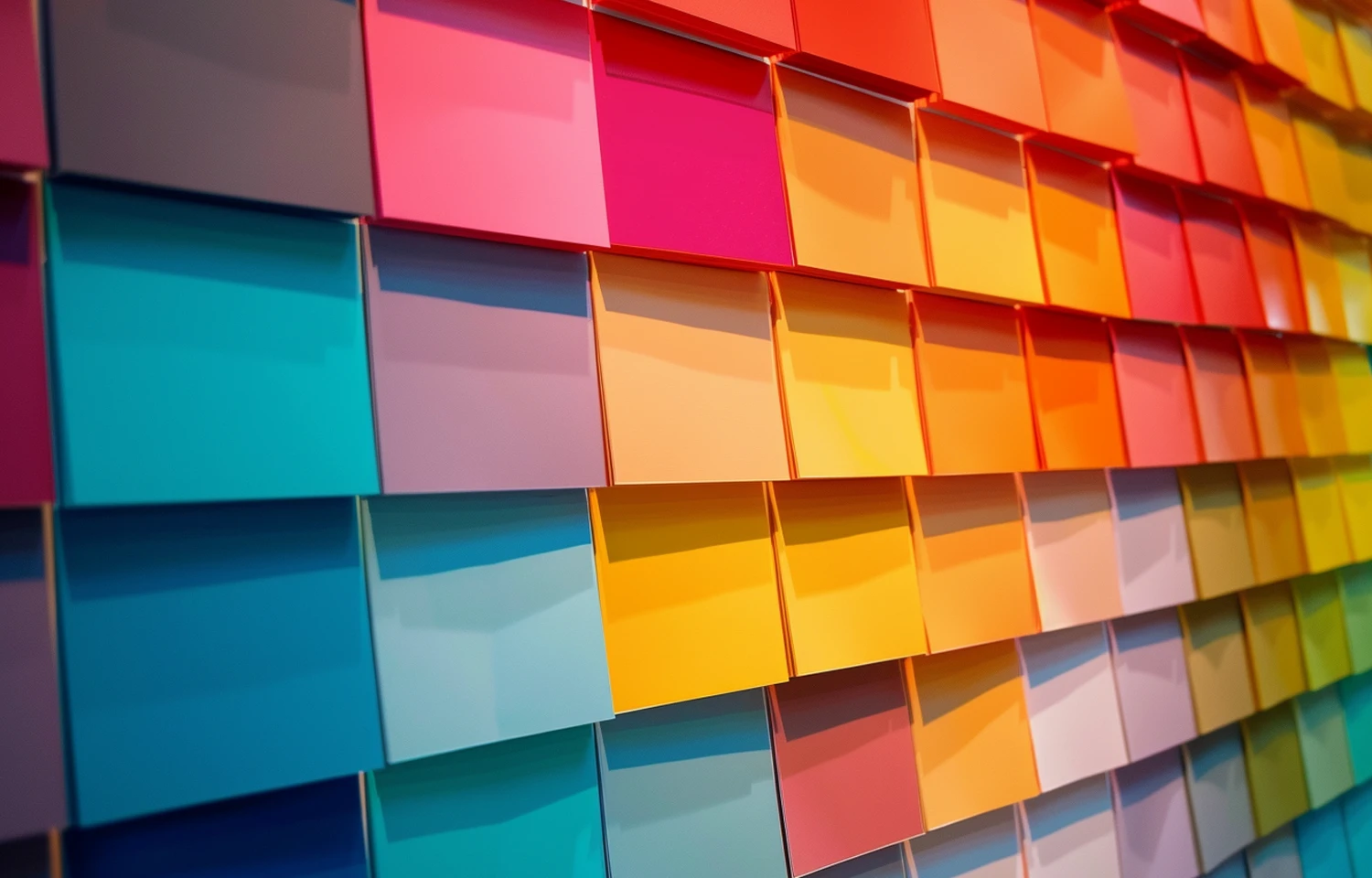
Use Colour to Boost Your Website Conversions
In the world of web design and digital marketing, colour isn’t just a design choice—it’s a pivotal tool that can significantly influence visitor behaviour and, ultimately, website conversions. Understanding the psychology behind colours and their impact on emotions and actions can transform a standard website into a powerful conversion machine. At Accent, we understand the nuances of web development and the crucial role that colour plays in crafting a successful online presence. Let’s delve into the essentials of colour psychology and how it can amplify your website’s effectiveness.
Introduction to Colour Psychology in Web Design
Colour psychology explores how different hues influence human emotions and behaviours. For web designers and marketers, leveraging colour psychology is essential for creating a website that not only resonates with visitors but also drives them toward desired actions. Colours shape perceptions of your brand, influence engagement levels, and determine conversion rates. This article will guide you through the basics of colour psychology, aiding you in selecting the right palette to evoke specific emotions and optimise your website’s performance.
The Significance of Color Psychology
Colours carry meanings and evoke responses based on cultural, contextual, and personal factors. In web design, using colour strategically can establish the mood, communicate messages, and prompt visitors’ actions. For instance, while red may signify urgency or passion, it can also evoke feelings of danger. Similarly, blue can instil a sense of trust and calmness but might also convey coldness. The key lies in choosing the appropriate colours to align with your website’s goals and audience expectations.
Understanding Color Meanings and Associations
To effectively apply colour psychology, it’s crucial to comprehend the general meanings and emotional responses associated with different colours. Here’s a brief overview:
- Red: Passion, excitement, urgency.
- Blue: Trust, professionalism, calmness.
- Green: Growth, health, balance.
- Yellow: Optimism, youthfulness, caution.
- Purple: Luxury, creativity, mystery.
These associations are not universal but offer a starting point for considering the emotional landscape of your website’s design. But as ever, context is everything. For example, in the UK, red is most associated with love and danger. In Thai culture, each day is a specific colour and symbolises a God, with red representing Sunday and the solar God Surya. In China, red represents celebration, brings luck, prosperity, and happiness, and is worn during New Year, funerals and weddings.
Selecting Brand Colours
When choosing your website’s colours, factor in your brand’s identity and the emotions you aim to invoke. Consistently using brand colours across all platforms enhances brand recognition and strengthens the emotional bond with your audience. For instance, a tech company might opt for blue to emphasise trustworthiness and professionalism.
Colour Strategies for Enhanced Conversions
Beyond individual colour choices, the combination and contrast of colours play a vital role in web design effectiveness:
- Highlighting CTAs: Utilise contrasting colours for call-to-action (CTA) buttons to make them stand out and encourage clicks.
- Navigational Clarity: Employ colour consistently for links and buttons to improve usability and guide user actions.
Avoiding Common Colour Mistakes
While colour can be a powerful ally, certain missteps can hinder your website’s performance:
- Overuse or Clashing: Too many colours or inappropriate combinations can overwhelm visitors. Stick to a harmonious palette.
- Accessibility Oversight: Ensure your colour choices are accessible to all users, including those with colour vision deficiencies.
Embracing Colour Psychology for Web Success
Colour psychology is a cornerstone of effective web design, offering a direct path to influencing visitor behaviour and enhancing conversions. By carefully selecting and testing colour schemes, you can create a website that not only aligns with your brand identity but also stands out in the digital landscape. At Accent, we specialise in harnessing the power of colour psychology to build memorable and effective websites. Start experimenting with colour psychology today, and watch your website conversions soar.

Article by Karen
Related posts
Learning from Failing Fast
“Fail fast” is a phrase that gets tossed around often—and for good reason. In many sit
Microservices or Monolith? Why One Size Doesn’t Fit All in Software Development
Following the recommended methods and techniques may seem like common sense to many. It’s only
Don’t be afraid of Technical Debt
Developers usually aim to keep technical debt as low as possible when building software—some even



